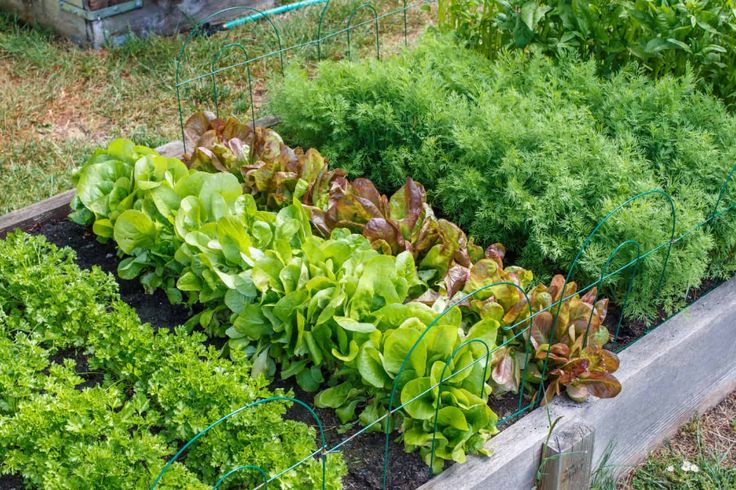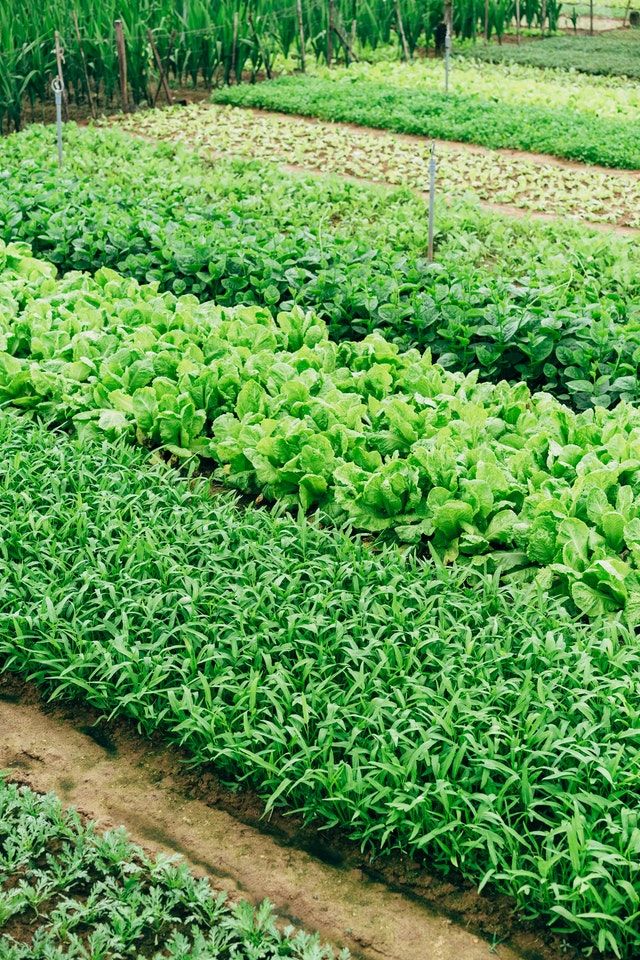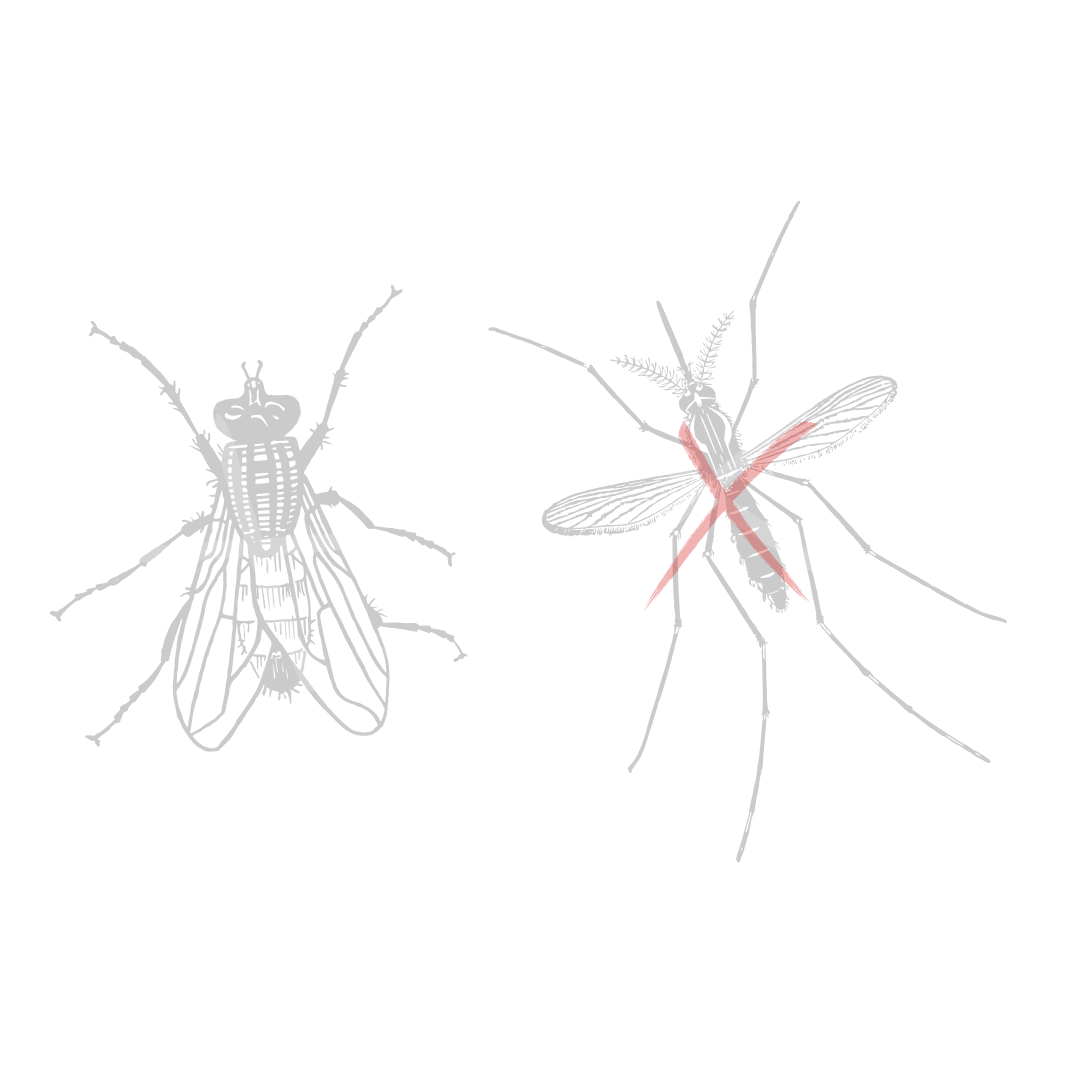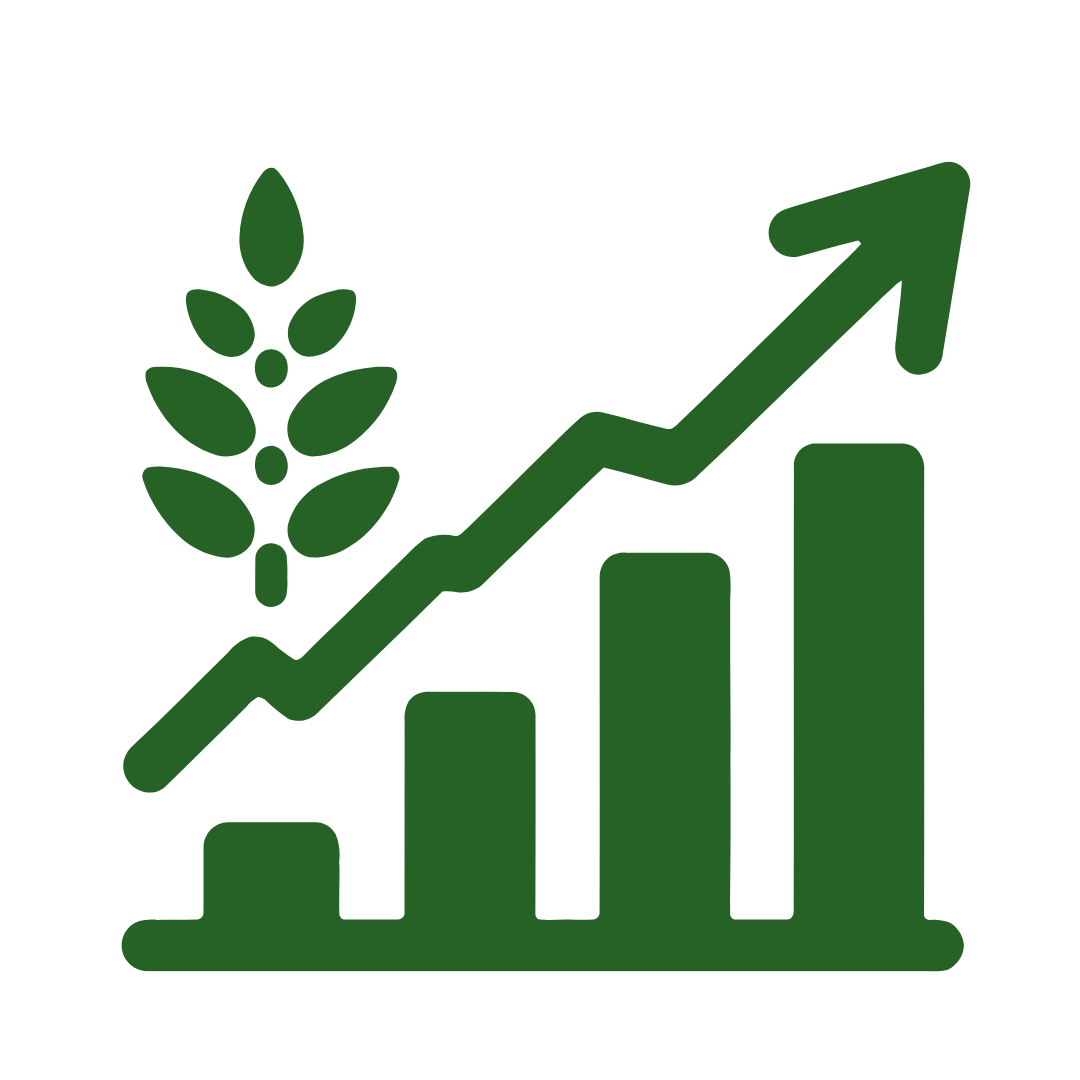Crop rotation is an ancient farming practice that has been proven to benefit both soil health and crop yield. It involves planting different types of crops in a planned sequence over several seasons in the same field.
This method not only boosts productivity but also helps preserve the environment by reducing the need for chemical fertilizers and pesticides.

In this article, we will explore how crop rotation can improve yield and soil health, and why it is an essential practice for sustainable agriculture.
What is Crop Rotation?
Crop rotation refers to the systematic alternation of crops in a specific order on the same plot of land. For example, a farmer might plant corn one year, followed by beans the next, and then switch to wheat in the third year.

By changing the types of crops grown, farmers can prevent soil exhaustion and reduce the buildup of crop-specific pests and diseases.
Unlike monoculture, where the same crop is planted repeatedly, crop rotation adds diversity to the soil. This diversity helps balance the nutrients within the soil and keeps it fertile, creating a healthy environment for plants to grow.
Benefits of Crop Rotation
1. Increases Soil Fertility
One of the primary benefits of crop rotation is its ability to improve soil fertility. Different crops have different nutrient needs. For instance, corn requires a lot of nitrogen from the soil, while legumes like beans and peas can add nitrogen to the soil.
When a nitrogen-fixing crop, such as beans, follows a nitrogen-depleting crop like corn, it replenishes the soil’s nitrogen content naturally. This means farmers can reduce their dependency on synthetic fertilizers, which can be expensive and harmful to the environment.
2. Reduces Soil Erosion
Soil erosion occurs when topsoil is blown or washed away, and it is a major issue in modern farming. Crop rotation can help reduce erosion by keeping the soil covered with plants throughout the year.

For example, planting cover crops like clover or rye during off-seasons keeps the soil anchored, preventing it from being eroded by wind or water. As a result, the land stays more productive over the long term.
3. Improves Soil Structure
Each type of crop interacts with the soil differently, affecting its structure. Deep-rooted crops, such as sunflowers or alfalfa, help break up compacted soil, allowing air, water, and nutrients to move more freely.

Shallow-rooted crops, on the other hand, protect the surface and reduce compaction caused by heavy machinery. By rotating crops with different root systems, farmers can maintain a well-aerated and loose soil structure, which is ideal for plant growth.
4. Prevents the Spread of Pests and Diseases
When the same crop is grown repeatedly in one area, pests and diseases specific to that crop can thrive. Crop rotation breaks this cycle. By switching crops each season, pests and diseases lose their preferred food source and are less likely to become a problem.

For example, pests that affect tomatoes will not find their usual host if the next crop is something like beans or lettuce. This natural pest management reduces the need for harmful chemical pesticides, making the farm more sustainable.
5. Enhances Water Retention
Healthy soil has the ability to retain water, which is crucial for plant growth, especially in areas with limited rainfall. Crop rotation improves the organic matter content of the soil, increasing its water-holding capacity.
Certain crops, such as cover crops, add organic material to the soil when they decompose, which acts like a sponge. This means the soil can absorb more water, helping plants survive during dry periods and reducing the need for irrigation.
How Crop Rotation Increases Yield

1. Optimizes Nutrient Use
Plants need nutrients such as nitrogen, phosphorus, and potassium to grow. Different crops use these nutrients in varying amounts. For instance, leafy crops may use a lot of nitrogen, while root crops may need more potassium.
By rotating crops, farmers can optimize nutrient use, ensuring that no single nutrient is depleted. When the soil is rich in essential nutrients, plants grow healthier and stronger, leading to higher yields.
2. Prevents Nutrient Depletion
In a monoculture system, where the same crop is grown year after year, the soil can become depleted of specific nutrients that the crop needs. This leads to lower yields and requires more chemical inputs to maintain productivity.
Crop rotation naturally replenishes nutrients by allowing different plants to use and add back nutrients into the soil.
For instance, planting nitrogen-fixing crops after nutrient-depleting crops restores balance, leading to higher yields in future seasons.
3. Reduces Crop Stress
Pests and diseases are a significant cause of crop stress, which can reduce yields. By rotating crops, farmers reduce the buildup of these harmful organisms in the soil.
Fewer pests and diseases mean that plants can grow without the stress of constant attacks. Healthier plants are more productive, leading to better harvests.
Types of Crop Rotation Systems
1. Two-Crop Rotation
In this simple system, two crops are alternated yearly. For example, a farmer may plant wheat one year and soybeans the next. This basic form of crop rotation is easy to implement and still offers many benefits, such as pest control and improved soil fertility.
2. Three-Field System
The three-field system divides land into three sections. Each year, one section is planted with a nutrient-hungry crop like wheat, the second with a nutrient-restoring crop like legumes, and the third is left fallow or planted with a cover crop. This method allows the soil to recover and improves long-term productivity.

3. Four-Crop Rotation
A more complex rotation, the four-crop system includes four different crops in sequence, often combining nutrient-hungry, nutrient-restoring, deep-rooted, and shallow-rooted crops. This system maximizes soil health and yield by carefully managing the use of nutrients and soil structure.
Challenges of Crop Rotation
While crop rotation offers many benefits, it also presents some challenges. Farmers need to carefully plan their rotations based on the crops they grow and their specific soil conditions.
It requires knowledge of crop nutrient needs and how different plants affect soil health. Additionally, crop rotation may not be feasible for every farm, particularly those specializing in only one type of crop.
However, with the right planning and understanding of crop cycles, the advantages of crop rotation far outweigh the challenges.
Conclusion
Crop rotation is a powerful tool for improving both crop yield and soil health. By alternating crops, farmers can optimize nutrient use, reduce pests and diseases, and protect the environment.
This sustainable practice not only leads to higher yields but also ensures that the soil remains fertile and healthy for future generations. Incorporating crop rotation into modern farming practices is a simple and effective way to achieve long-term agricultural success.
By improving soil structure, enhancing fertility, and preventing erosion, crop rotation helps farmers maintain productive, healthy farms for years to come.
